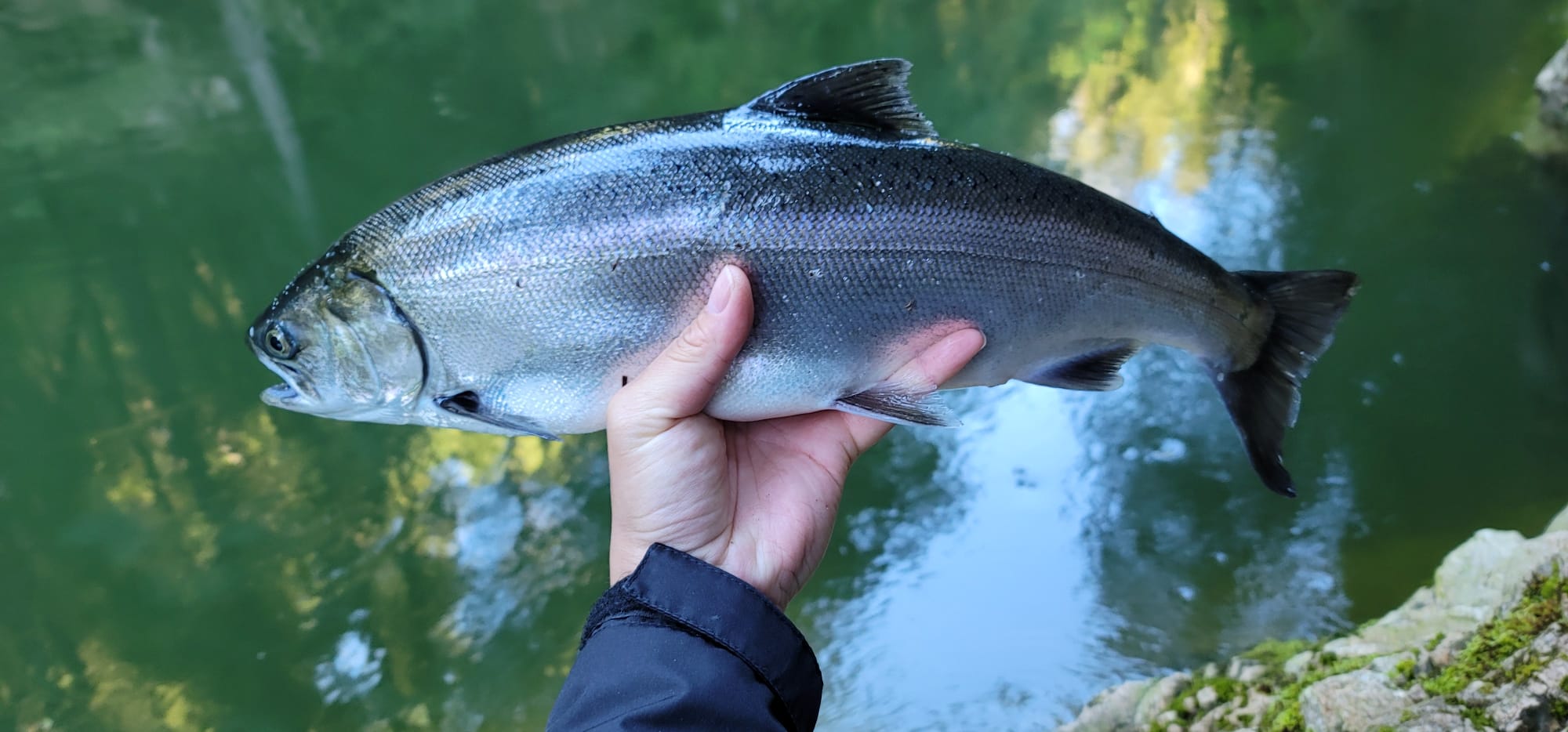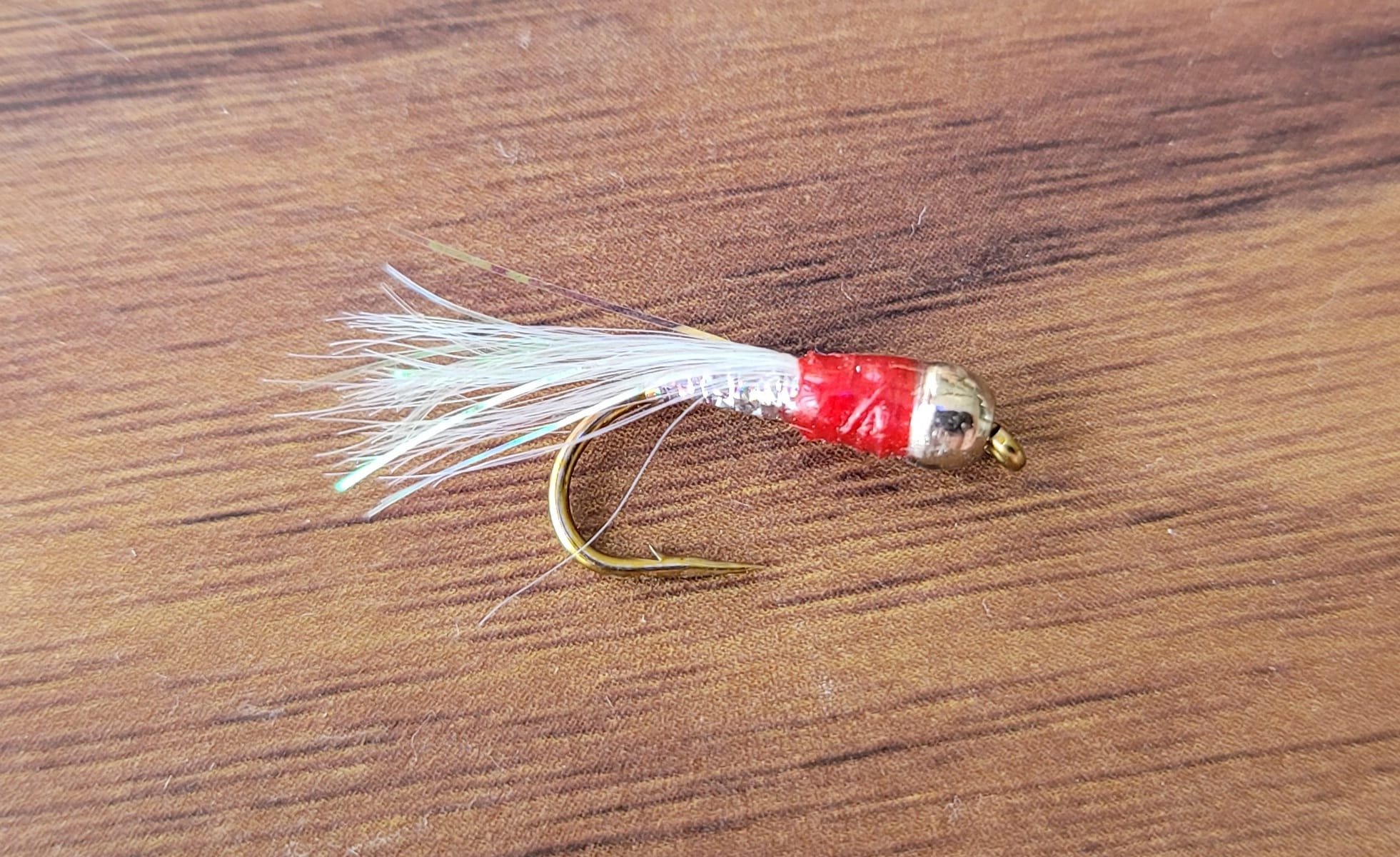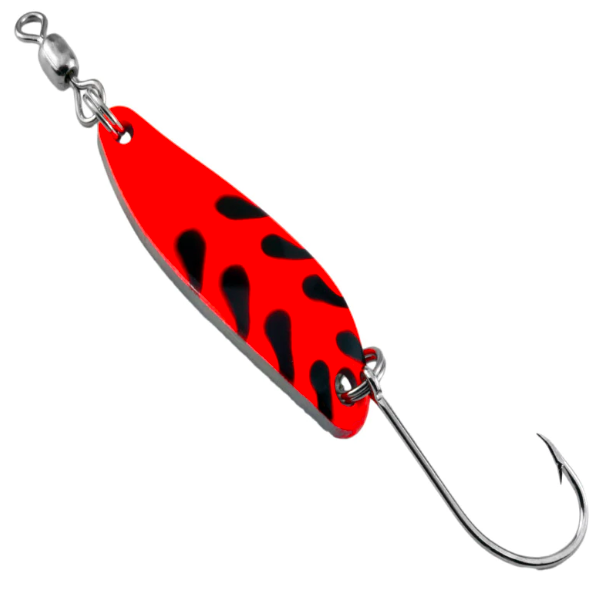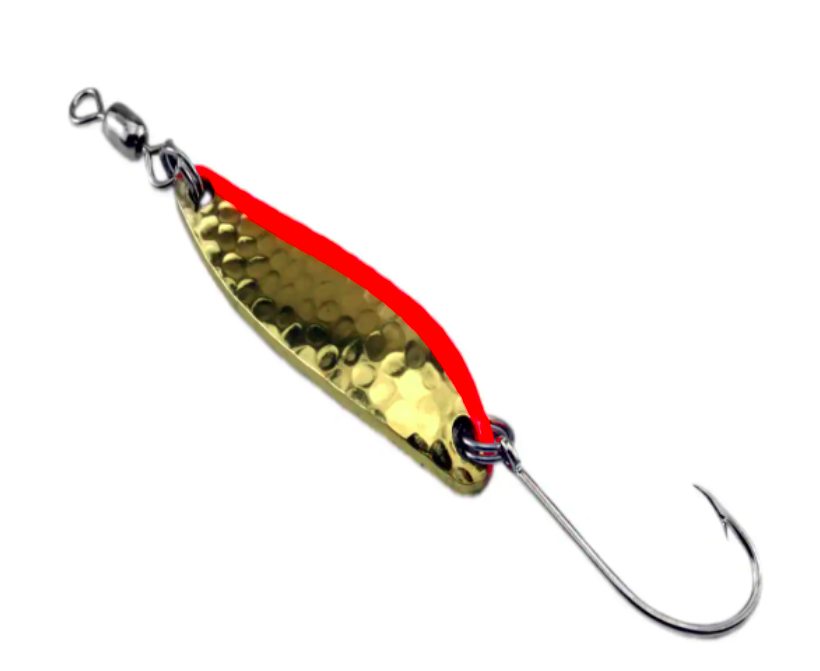June 7th
Our target today is to catch the early run Capilano coho salmon, one of the trickiest rivers to fish. Capilano coho are known to be spooked easily. But after years of dedication to this river.. we have found consistent success.
Capilano is one of the only few rivers in BC that produce an early run of early cohos also known as blue backs. These fish range from 1-5 lbs but are some of the freshest and most delicious fish due to the fact that the river itself is extremely short and it is located directly in front of Burrard inlet. Our target species, Coho begin to make their way into the river in the beginning of April (some mention they could be caught as early as March) and Peak around mid June to July. Keep in mind that the limit is 2 coho per day from April 1st to June 30th. July 1st – March 31 is 4 coho limit. Also there is a bait ban from Aug 1st to Oct 31st. Only hatchery marked cohos with clipped adipose fin can be retained.

Although Capilano is a short river – it has many pockets of water that produce extremely well. The terrain is rough so prepare your self and be careful when attempting to access steep spots. Capilano river is also a dammed river, meaning rain will determine outflow levels of water. Your success will depend using the right methods depending on the water levels. When water levels are 1: it is perfect for fly fishing from 1.3 – 1.7: perfect for all other types of fishing.
There are many methods that can be successful when targeting these species. The following are tried and true techniques:
- Fly fishing
- Spin casting
- Float fishing
FLY FISHING
When fly fishing this river – Most anglers prefer to fish with a full sink line. I prefer 6″IPS (inch per second) so that the line can get down deep and quick. You can also use sink tips as well, but depending on the depth of the run, you would want to go with a light leader, anywhere from 6lb to 10lb flouro 6-10′ as these fish are spooked easily. There are a wide variation of flies we found successful such as orange pumpkin heads, olive wooly buggers and black leach patterns. However there has been one fly that has been extremely successful.. which I will show at the end of this blog. A 5-6 weight fly rod would be sufficient as these early cohos are much smaller than the fall run. Cast your line into the deep pools and count at least 5 seconds before making short quick strips, the takes usually feel like a snag at first which will eventually turn into a quick burst runs.
SPIN CASTING
You don’t really see too many people use the method of spin casting on the Capilano river, however it is actually one of the most productive methods. However keep in mind that spin casting requires you to find deeper pockets of pools rather than shallow runs. The trick is to use spinners or spoons in a smaller size ie 1/4″ oz or less. Jigging is also extremely effective, again size down. 1/8 or 1/4 oz jigs work best – work the tail outs.
FLOAT FISHING
Float fishing is another popular method. Set your leader lengths depending on the depth of the runs – runs such as cable pool require much longer leader depths up to 9 feet. floating small Colorado blades can be effective. But nothing is more effective than fishing with roe (please keep in mind of bait ban from Aug 1st to Oct 31st). Again, as with all other fishing methods – size down all your gear for the highest rate of success from line down to hooks and float.
THE SECRETS OF CAPILANO COHOS
Capilano River is a special place – it is one of the most beautiful rivers to fish with steep staggering canyons and deep pools. One must respect such a beautiful river – please remember to pack out what you pack in.
My favorite fly I have used over the years is a size 12 fly with sparse UV flash + tungsten bead + red body:

My favorite spoon is a 1/4″ or 3/8 oz golden hammered spoon or 1/4″ orange croc.


